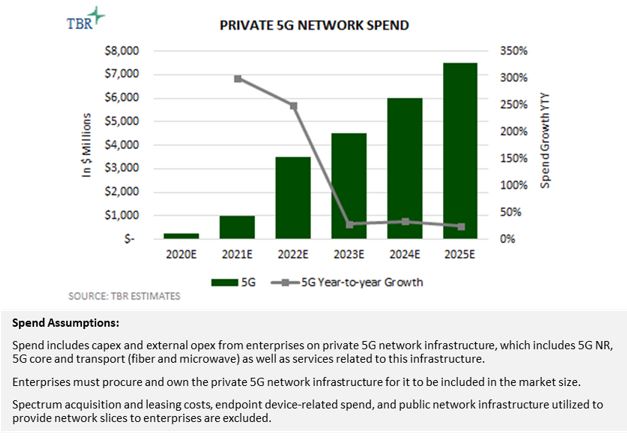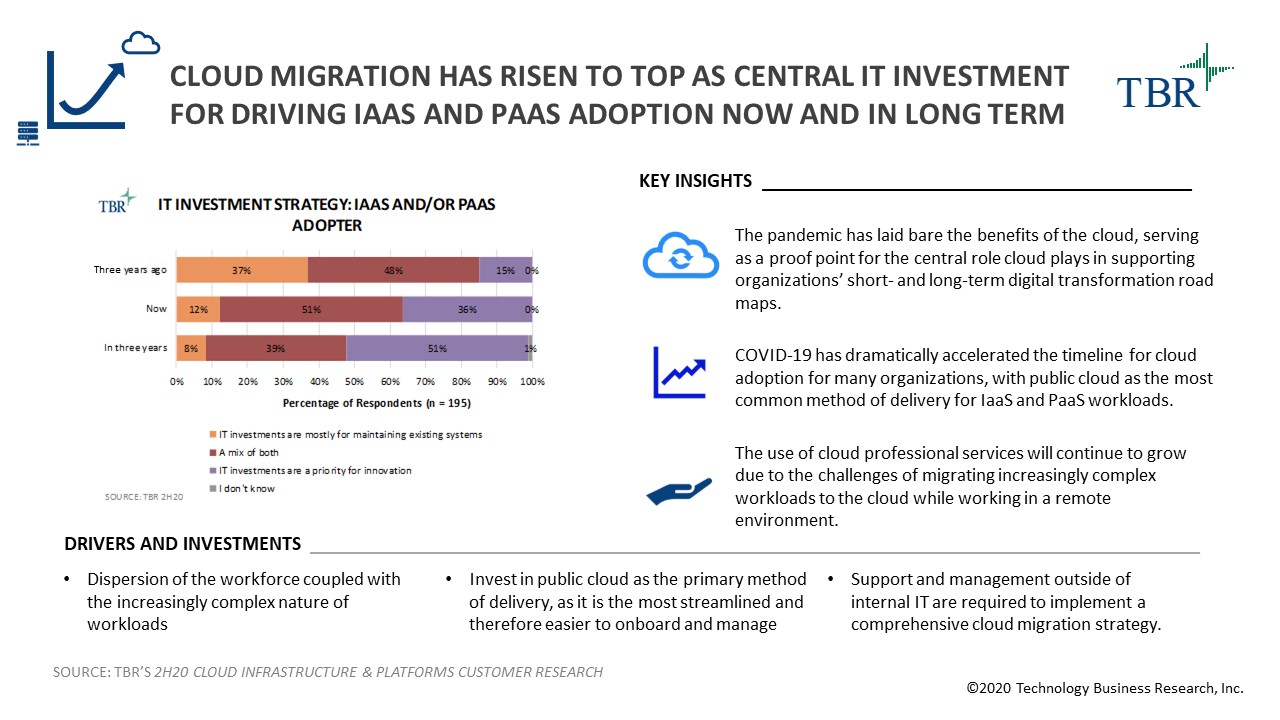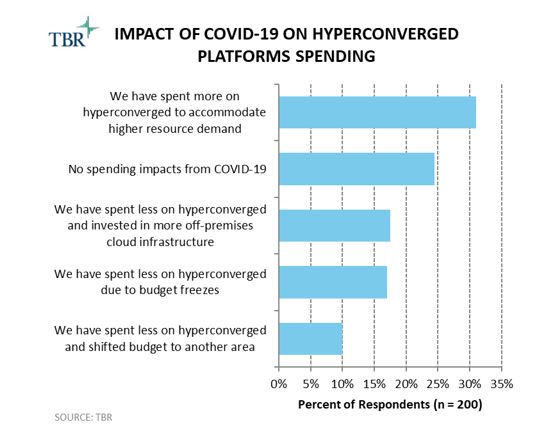Quick Quantum Quips: Quantum use cases expand to new industries
Welcome to TBR’s monthly newsletter on the quantum computing market: Quick Quantum Quips (Q3). This market changes rapidly, and the hype can often distract from the realities of the actual technological developments. This newsletter keeps the community up to date on recent announcements while stripping away the hype around developments.
For more details, reach out to Stephanie Long or Geoff Woollacott to set up a time to chat.
January 2021 Developments
An increasing number of companies across a variety of industries are making deals and forming partnerships to seize opportunities for first movers in emerging quantum technology. Many organizations and several international governments are focused on laying a broad foundation for quantum innovation. However, with quantum expected to be a major disruptor in biopharma research and development as the technology matures, a considerable number of biotech and pharmaceutical companies are approaching quantum investments from a narrower perspective. Together, private organizations and public entities will continue to drive the emergence of new quantum use cases through investments that will also accelerate the adoption of the technology.
- Atos announced its commitment to participate in France’s quantum plan to take advantage of new and upcoming quantum-related capabilities. Through the strategy, the French government will collaborate with private industry partners and academic institutions to leverage quantum technology in a way that addresses wide-ranging socioeconomic issues, including healthcare, finance and the environment. Atos will contribute its post-quantum cryptography and will develop Noisy Intermediate-Scale Quantum (NISQ) simulators and accelerators and integrate them into high-performance computing platforms. Atos’ industry expertise and international business relationships will also play a role in advancing France’s national quantum strategy as well as the European Union’s (EU) quantum strategy, which seeks to leverage EU-based quantum innovations across the continent. Atos’ actions will not only benefit the French government and the country’s residents but also strengthen the company’s posture in the global quantum space.
- Cambridge Quantum Computing (CQC) appointed Bob Coecke as chief scientist. Coecke was a University of Oxford professor for the past 20 years and served CQC as a senior scientific adviser prior to his appointment. His quantum knowledge makes him a strong asset for CQC. The quantum computing company also announced a solution that addresses a multiphase flow classification problem within the energy sector. Working in partnership with Aker BP, a European energy company, CQC developed and validated a quantum machine learning (QML) algorithm delivered by IBM quantum processors. The QML algorithm stands as one of the industry’s first use cases in the energy sector, paving the way for related innovations.
- Google entered into a collaboration with Boehringer Ingelheim, a Germany-based pharmaceutical company, to support its biopharma research and development with quantum technology. Over the course of three years, Boehringer will co-lead the project from its new Quantum Lab and will leverage Google’s Quantum AI division to simulate biological mechanics. The companies anticipate these simulations will contribute to the discovery of modern medical treatments, and Boehringer expects that quantum will redefine the pharmaceutical industry by accelerating R&D processes.
- Amazon Web Services (AWS) announced it will collaborate with India’s Ministry of Electronics and Information Technology to establish a quantum computing applications lab in the country. Once the lab is complete, government agencies and other local entities will be able to take advantage of quantum computing “as a Service,” addressing use cases in industries ranging from healthcare to agriculture. AWS will continue to support the lab, providing hosting and technical assistance. This collaboration will expand AWS’ footprint in the region, which will prove valuable as India’s digital transformation gains momentum.
- Microsoft will host its second Azure Quantum Developer Workshop on Feb. 2. The event will feature technology from select members of Microsoft’s Azure Quantum ecosystem. Honeywell, 1QBit and IonQ will highlight how Azure Quantum supports their respective quantum technologies and associated use cases. Microsoft will use the event to market the value of Azure Quantum to outside developers.
If you would like more detailed information around the quantum computing market, please inquire about TBR’s Quantum Computing Market Landscape, a semiannual deep dive into the quantum computing market. Our latest version, published in December, focuses on the software layer of quantum systems.




